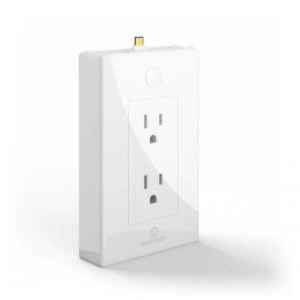You’ve heard of a seat belt and its buckle, but what are its other parts? The Pretensioner, Latches, and Webbing are some of the features. What are they used for? And how do you know if they’re working correctly? Read on to learn more. And don’t forget to look for the safety belt tag! Webbing is the central part of a seat belt, but it’s three different parts.
Pretensioner
The seat belt pretensioner uses gas generated by gunpowder combustion to operate. This combustion gas moves a piston inside the seat belt pretensioner. A cable attached to the piston supplies power to the pretensioner. The pretensioner has two versions, one for front and back seats, based on a single base propellant or a double-base propellant. The gas generator utilizes nitrocellulose as its base agent.
The gas is neutralized using a chlorine-neutralizing agent, such as sodium, potassium, magnesium, strontium, and calcium chloride. Chlorine-containing gas levels should be kept below a safe limit, determined by the pretensioner’s output. Chlorine-containing gases can be emitted from the seat belt pretensioner when a passenger wears a seat belt with an improperly adjusted pretensioner.
According to the Manufacturers Alliance for Child Passenger Safety, over-tightening the seat belt can damage the built-in occupant protection system or the seat belt’s pretensioner. Moreover, over-tightening the seat belt can damage the webbing, which is critical to the seat belt’s performance during a crash. However, according to M. Todd Moury, Engineering Group Manager for Delphi Electronics & Safety, no reported seat belt damage was caused by over-tightening.
Latches
The LATCH system consists of lower anchors located where the seat cushions meet. Tether anchors are located behind the seat in most vehicles. These anchors are on the panel behind the seat in sedans and SUVs. These anchors are on the ceiling or floor in pickup trucks and minivans. ISOFIX uses two anchor points, a tether, and a support leg at the car seat’s base.
The LATCH system is usually installed with two straps. Lower anchors are U-shaped metal bars hidden in the seat crack. The tether anchor is typically a ring or bar that attaches the child seat to a higher anchor. The seat’s owner’s manual can tell you which anchors are appropriate for each position. Some vehicles may not have LATCH anchors at all. If your car does not have LATCH anchors, you must install the proper tether.
LATCH connectors have been tested to handle gajillions of pounds of force. This means that if your child were to outgrow the weight limit of a seat belt, they will not. That is one of the benefits of LATCH. When appropriately used, LATCH makes installing your child’s seat belt easier. This system also allows you to do it one-handed. It eliminates the need for the user to know the seat belt’s locking mechanism or how to thread it through the car seat. Instead, all you have to do is pull out the corresponding anchor and tether.
Webbing
The seat belt sheath 20 is a generally hollow column with a rectangular cross-section that guides the seat belt’s webbing 22 and protects it when it passes through bracket 14 and the belt outlet housing 26. It is made of suitable materials, including plastics, metals, or composite materials. Seat belt sheaths can be found in various shapes and sizes, depending on their function.
To determine the webbing of a seat belt, the webbing of three-seat belt assemblies shall be subjected to an abrasion test. The test method comprises rubbing the webbing of three-seat belt assemblies against a hexagon bar, as shown schematically in FIG. 2. The webbing should be fixed to at least 2.35 kg +/-.05 kg, with one end connected to an object weighing 1.5 kg.
The webbing of a seat belt has to be able to withstand breaking loads as well as retain its color and shape. The AATCC Gray Scale for Evaluating Change in Color is referenced in the specification for seat belt webbing. These factors determine the webbing’s ability to withstand a vehicle’s impact with a car. The webbing that can withstand both of these factors is required by law. If you experience difficulties or damage to your webbing, you can try replacing it. A good place to start would be https://www.safetyrestore.com/seat-belt-repair-service/11-seat-belt-webbing-replacement.html.

